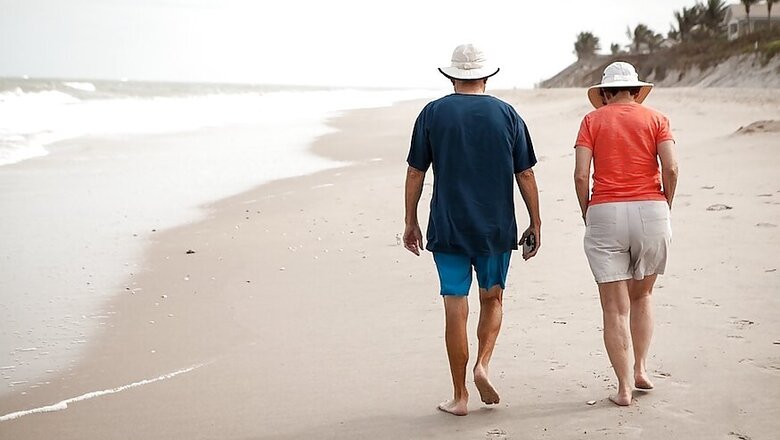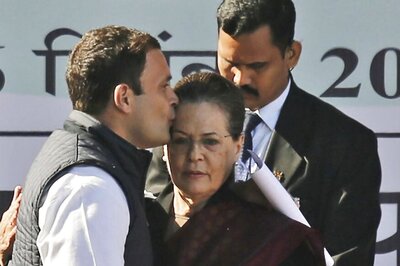
views
Many commercial films worldwide continue to express womanhood in a stereotypical manner than men, said a new study. According to the researchers, women were found be more prone to expressing passive emotions, such as sadness, fear and surprise.
In contrast, male characters in the same films were more likely to demonstrate active emotions, such as anger and hatred.
"Our research confirmed that many commercial films depict women from a stereotypical perspective," said the study's author Byungjoo Lee, a professor at the KAIST College in South Korea.
For the findings, the research team proposed an advanced system that used computer vision technology to automatically analyses the visual information of each frame of a film.
This allowed the system to more accurately and practically evaluate the degrees to which female and male characters were discriminatingly depicted in a film in quantitative terms and further enabled the revealing of gender bias that conventional analysis methods could not yet detect.
The researchers analysed 40 films from Hollywood and South Korea released between 2017 and 2018.
They down-sampled the films from 24 to 3 frames per second and used Microsoft's Face API facial recognition technology and object detection technology YOLO9000 to verify the details of the characters and their surrounding objects in the scenes.
Using the new system, the team computed eight quantitative indices that described the representation of a particular gender in the films.
They were: Emotional diversity, spatial staticity, spatial occupancy, temporal occupancy, mean age, intellectual image, emphasis on appearance, and type and frequency of surrounding objects.
The type and frequency of surrounding objects index revealed that female characters and automobiles were tracked together only 55.7 per cent as much as that of male characters, while they were more likely to appear with furniture and in a household, with 123.9 per cent probability.
In cases of temporal occupancy and mean age, female characters appeared less frequently in films than male at the rate of 56 per cent, and were on an average younger in 79.1 per cent of the cases.
These two indices were especially conspicuous in Korean films.
The study is scheduled to be presented at the 22nd ACM Conference on Computer-Supported Cooperative Work and Social Computing (CSCW) in Texas on November 11.
Follow @News18Lifestyle for more

















Comments
0 comment